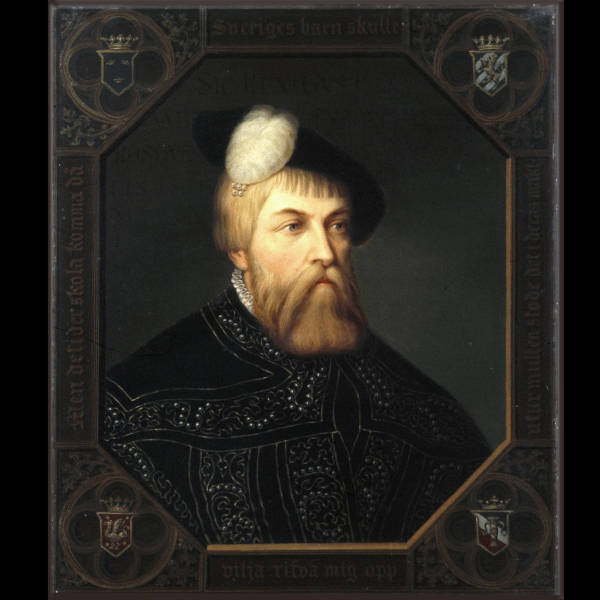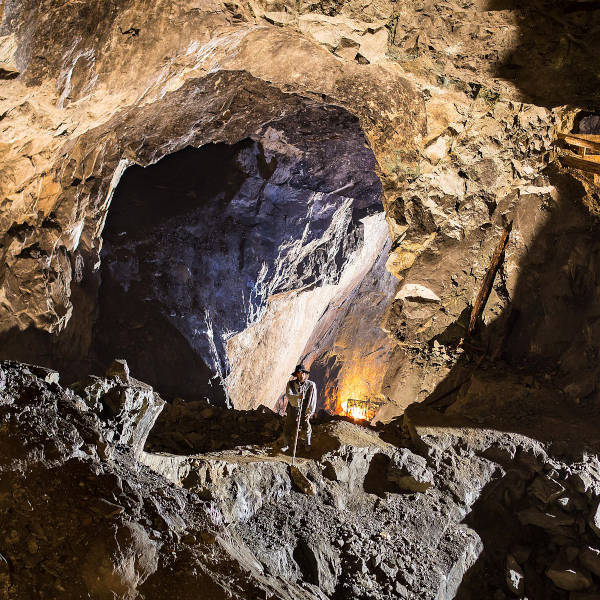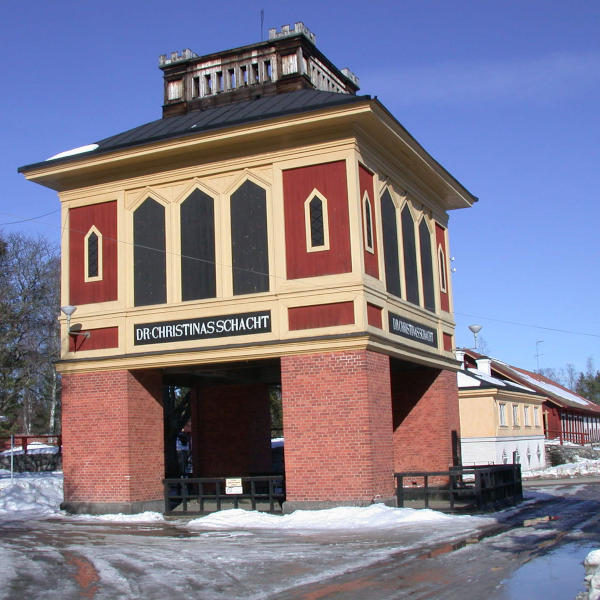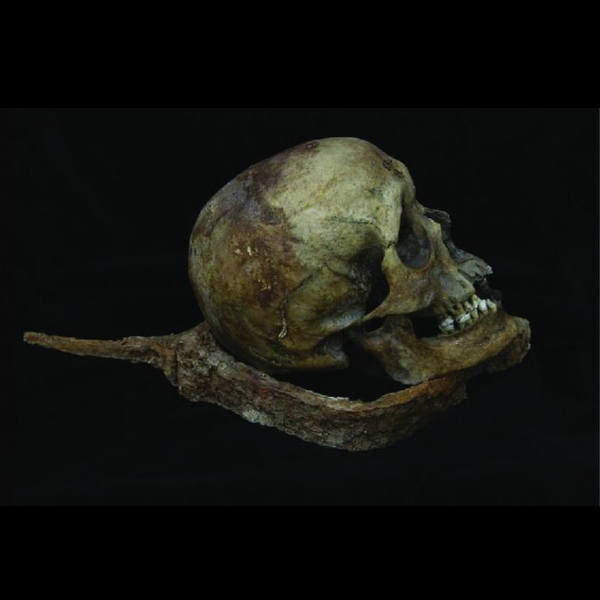DNA spotlight
Sala Silver Mines

Silver mining played a key role in the Swedish economy during the 16th-18th centuries, of which the Sala mine in east central Sweden was the most important. King Gustav Eriksson Vasa, shown here, called this mine Treasury of the Kingdom for the amount of silver it produced - which ultimately totaled about 450 tons of silver along with 36000 tons of lead. This silver was critical for the monetary system and ultimately helped King Gustav Vasa to secure his crown and help Sweden claim sovereignty independent of Denmark - as well as fuel the economy of the Kingdom of Sweden and later Swedish Empire.

By the 1530s and 1540s, production of silver reached its peak when 3500 kg of pure silver were extracted each year. People toiled day and night in harsh conditions - many of these were forced labor who were prisoners from Sweden's conflicts with Denmark, Russia or Poland. Written sources also show common criminal convicts from Sweden-Finland were also exploited. King Eric, son of Gustav Vasa, ordered that the most dangerous mining work should be done only by prisoners of war. Prisoner discipline was harsh and two mine managers were condemned to death for giving prisoners too much freedom.

Several key mining shafts were added in the 1600s including the Queen Christina shaft shown here. Horses would be lowered by special harness deep underground where they would work and live only to see sunshine twice per year. Landless manual laborers also came to the mines from Sweden and present day Finland to work. Specialits also arrived from from Germany, the Netherlands and Austria to help engineer and expand the facility. In the 17th century a series of waterways and pumps were added to keep the water level constant enabling mining as deep as 260 meters.

A village Salberget was located in close vicinity of the mine, and the cemetary of its church was used between the 15th and 17th centuries. The site was excavated between 2004-2011 revealing 102 skeletons in 93 graves. The cemetery had been used for a variety of social groups including miners, foreign specialists and forced labor - either prisoners of war or individuals convictim of crimes. 80 of the graves were men, women and children buried in shrouds. However 22 were earthen burials of younger men wearing every day clothes, and they seemed to have a high degree of perimorten fractures. One of these men was found buried with an iron collar around his neck as shown. The Spotlight samples are from this group of forced laborers.
Sample: Sala Silver Mine Sweden
- Sample ID: Sk6866
- Year: 1610 AD
- Sex: Male
- Location: 59.9073,16.5751
Sample: Sala Silver Mine Sweden
- Sample ID: Sk6990
- Year: 1610 AD
- Sex: Male
- Location: 59.9073,16.5751
Sample: Sala Silver Mine Sweden
- Sample ID: Sk6994
- Year: 1610 AD
- Sex: Male
- Location: 59.9073,16.5751



